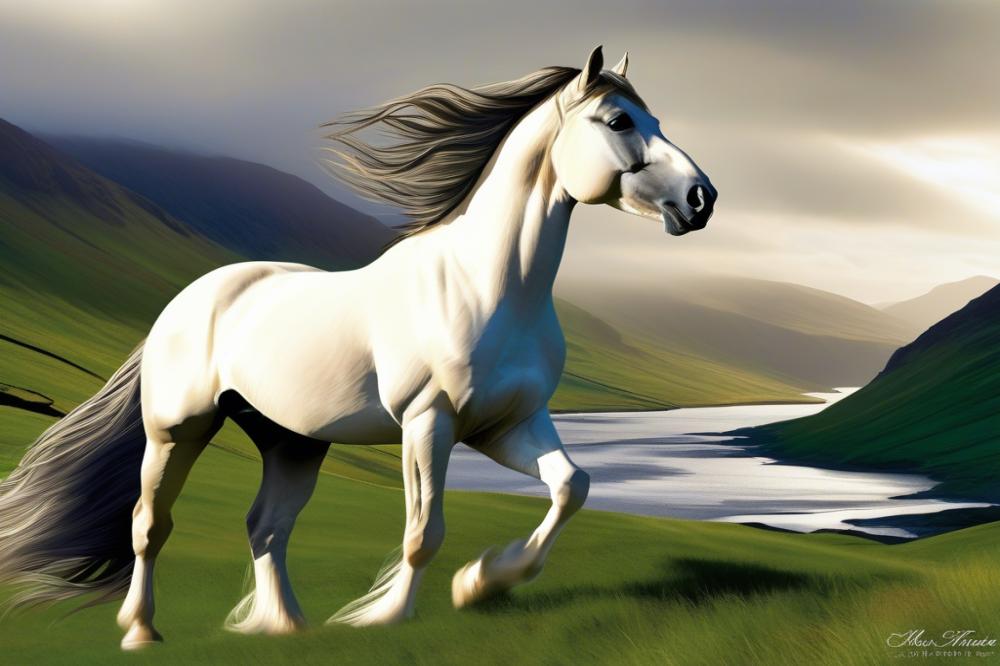The Importance of Horses in the folklore of the Scottish Highlands
Horses have long been vital in many cultures around the world. They represent strength, freedom, and connection to nature. From ancient legends to modern tales, these creatures hold a special place in human history. Among various regions, the symbolism and role of horses vary widely. The Scottish Highlands serve as a remarkable example of this cultural significance.
In the Scottish Highlands, horses are more than just animals; they embody stories passed down through generations. These animals are intertwined with the landscape, history, and the people. Scottish Highlands horses stand out for their fierce spirit and resilience. Their presence can be felt in folk tales, where they often serve as magical beings or loyal companions.
Ultimately, folklore, mythology, and culture create a rich tapestry. They reflect the values and beliefs of Highland communities. Every story, whether it’s about a mythical steed or a hardworking farm horse, adds depth to the understanding of that culture. This interconnectedness reveals much about how horses influence human experiences. As we delve deeper, we will uncover the enchanting role these majestic creatures play in Highland folklore.
Historical Context of Equine Domestication in the Scottish Highlands
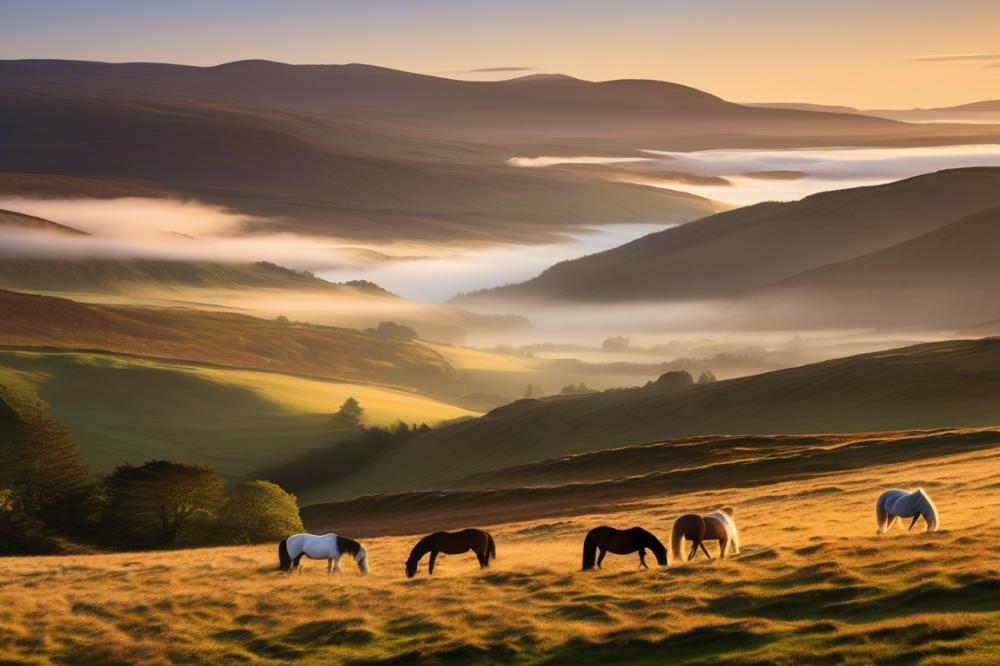
Horses have played a vital role in the life of Highland communities. Their presence was crucial for agriculture. Farmers relied on them for plowing fields and transporting goods. From early times, people recognized the animal’s strength and speed.
Warfare marked a significant part of life in the Highlands. Clans often engaged in battles to protect their territory. Horses served as mounts for warriors, providing mobility on the battlefield. They brought an advantage when it came to both offense and defense. Knowledge of horse riding became essential for young men in clans. Mastery could change the outcome of conflicts.
The Influence of Terrain and Climate on Horse Qualities
The unique landscape of the Highlands shaped horse breeding. Rugged hills and deep valleys influenced which traits were prioritized. Strength and endurance were vital for navigating difficult terrain. Highland horses needed to adapt to harsh weather conditions, too. Cold winters forced them to develop thick coats, while a healthy diet derived from grazing ensured their energy levels remained high.
Regional climate also played a role in the types of horses bred. Farmers selected traits based on how horses would thrive in local environments. Those who lived in wetter areas preferred breeds that handled mud well. Others in drier regions sought horses that could endure heat. This diversity created distinct breeds suited to different tasks.
Throughout history, horses have remained integral to Highland culture. Their power and grace reflect the spirit of the land. Even today, traditions surrounding these animals continue to thrive. Understanding their historical significance offers insights into Scottish heritage.
Horses in Scottish Myths and Celtic legends
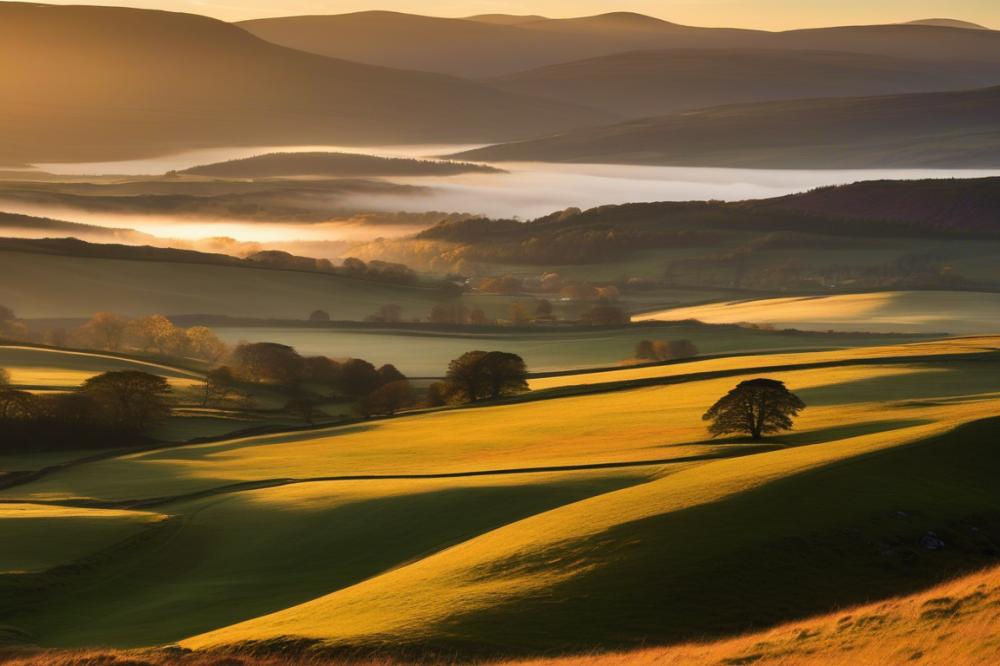
The folklore of the Scottish Highlands is filled with intriguing tales that feature horses. These majestic creatures often symbolize strength and freedom in many stories. They appear in myths that intertwine with the natural landscape, highlighting the deep connection between people and animals.
Overview of notable myths involving horses in Scottish folklore
One famous tale is that of the Glen of Aherlow, where a magical horse helps a princess escape her doom. In another legend, the White Horse of Uffington is said to have guarded sacred sites. Numerous stories also feature horses transforming into powerful beings or guiding heroes on grand adventures.
Equine deities and figures in Celtic legends
Celtic mythology is rich with equine deities. The goddess Epona is one of the most notable. She is revered in both Scottish and broader Celtic traditions as the protector of horses and riders. Many rituals were performed to honor her, showcasing the importance of horses in their culture.
Another significant figure is the Horse of the Sun, a mythical steed that carries solar deities across the sky. This celestial connection elevates the horse’s status beyond mere animal, making it a symbol of divinity in some narratives.
Analysis of tales where horses transcend the ordinary
Myths often portray horses that possess extraordinary powers. One such story tells of a horse that can gallop over water. This ability signifies a bridge between the natural and the supernatural, blending reality and fantasy. Such narratives also highlight a theme of transformation, where ordinary creatures become remarkable through the power of belief.
In the Legend of Cu Chulainn, the hero’s horse, named Liath Macha, plays a crucial role in his battles. This steed not only provides swift travel but also acts as a companion in dire times. The bond between the hero and his horse illustrates how these animals were seen as allies rather than mere transportation.
Another fascinating aspect is the tale of the Selkie and the Horse, where a horse is revealed to be a transformed selkie. In this story, the horse symbolizes longing and the desire for freedom. It highlights how horses are often tied to themes of identity and transformation.
Collectively, these tales depict horses as more than just creatures of burden. They embody myths and legends that reveal the complexities of life, identity, and the connection between humans and nature. Through the ages, horses have remained a central symbol in Scottish folklore, celebrated for their grace and mystique.
Equine Symbolism in Highland Culture
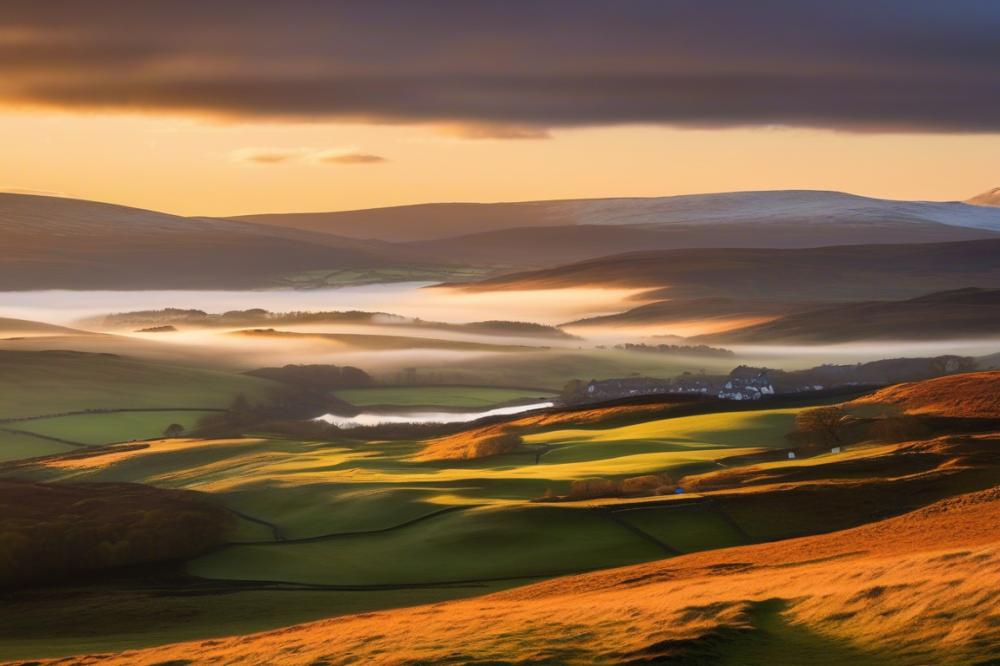
Horses have played a vital role in the folklore of the Scottish Highlands. Their presence signifies strength and freedom, reflecting the rugged landscape they roam. Many stories highlight how these majestic animals embody the spirit of independence prized by Highlanders. They symbolize more than just labor; they represent a connection to nature and a life lived in harmony with the wild.
Status in Highland society often revolved around horses. Clans would demonstrate their wealth through the quality and number of horses they owned. An impressive steed could elevate a clan’s standing in the community. Not just mere possessions, these animals were often seen as prized members of the family.
Art and literature frequently celebrate the horse. Poets and storytellers detail images of gallant knights and powerful steed. Traditional songs often feature horses, weaving their beauty and power into the fabric of cultural identity. Visual art from the Highlands showcases horses in stunning landscapes, capturing their elegance and strength.
The equine presence also appears in local myths. Tales of magical horses abound, reflecting deeper beliefs and values. These stories help maintain cultural heritage while enriching the lives of those who recount them. Through this lore, horses continue to inspire ideas of loyalty and bravery, hallmarks of Highland character.
Traditional Stories and Gaelic Tales Featuring Horses
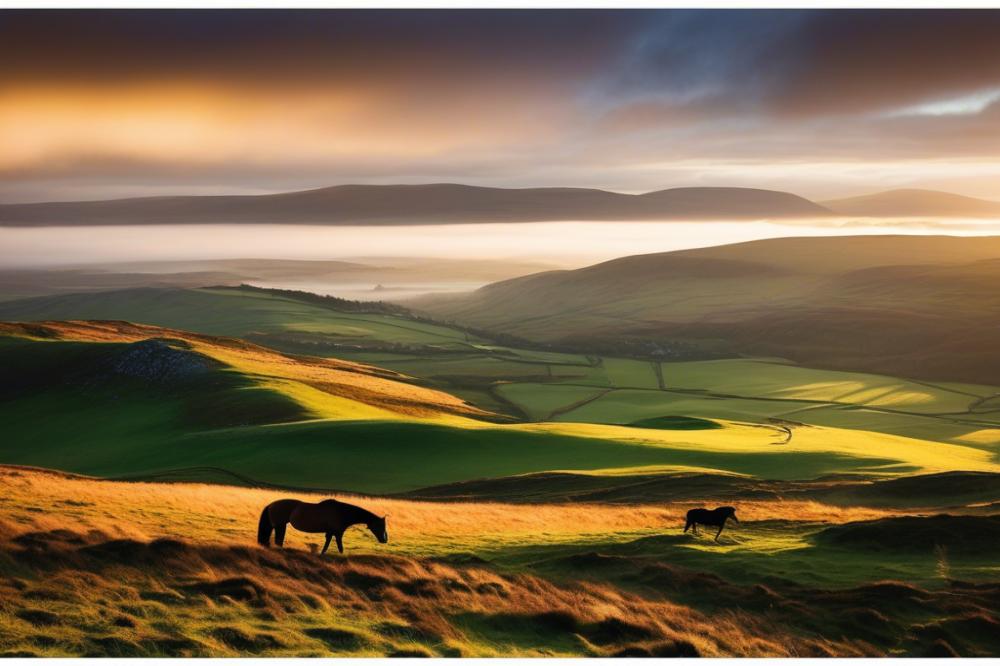
Stories from the Scottish Highlands reveal a deep connection between horses and the people. In many traditional tales, these majestic animals are more than mere beasts of burden. They often symbolize strength, freedom, and loyalty.
One famous tale features a hero who rides a magnificent steed that can outrun the wind. This horse has magical qualities, making it a vital part of the story. Legends like this show how integral horses were in the lives of ancient Highlanders.
Horses played important roles in daily life and were woven into the very fabric of Gaelic narratives. The tales passed down through generations tell of brave knights, wise women, and the horses that accompany them on their journeys. Each story carries lessons about courage, respect, and the bond between humans and animals.
Another aspect of these stories reflects the societal values of the time. Horses represented not only power but also status. The ability to own a fine mare could determine a person’s place within the community. When storytellers shared their tales, they often highlighted these values, teaching listeners about their cultural heritage.
The themes found within these ancient stories can reveal much about the beliefs of the Gaelic people. Love for nature is evident, just as the respect for the horse is clear. This admiration would shape the way people viewed their world. Through the lens of folklore, one can see how these creatures inspired both reverence and wonder.
In addition to bravery and loyalty, horses are often depicted as wise and intelligent. Some stories tell of talking horses or those that have the ability to foresee the future. Such elements of magic reinforce the idea that horses were revered not only for their physical abilities but also for their spiritual significance.
The rich oral tradition in the Highlands ensured that these tales were told and retold. As a result, every new telling offered a fresh perspective while preserving essential truths about the relationships between humans and their equine companions. This process kept the spirit of the stories alive, allowing them to adapt through changing times, yet remaining a constant reminder of their importance.
Modern Implications of Horse Heritage in the Scottish Highlands
Traditional views about horses in the Highlands still play a significant role today. Many people in the region see these animals as symbols of strength and freedom. This belief is deeply rooted in local history and stories passed down through generations. As a result, some modern Highland communities still celebrate this connection through various cultural events.
Tourism in the Scottish Highlands heavily relies on its rich equine heritage. Festivals featuring traditional attire, horse riding exhibitions, and storytelling about legendary horses attract visitors. These events create a sense of community and keep local traditions alive. Tourists often seek to experience this heritage firsthand, which promotes regional pride and economic growth.
Efforts to preserve Highland horse breeds are crucial for maintaining this cultural legacy. Organizations are working diligently to protect these unique animals from becoming extinct. They focus on breeding programs, education, and responsible ownership. Such initiatives bring attention to the historical significance of these horses in Highland life.
Many schools also integrate horse-related topics into their curriculum. By teaching children about the connection between horses and local folklore, educators help keep these stories relevant. Young people learn not just about riding and care, but also about the importance of preserving the traditions surrounding these animals. This educational approach fosters respect for Highland heritage.
In addition, social media helps spread awareness about Highland horses. Online platforms allow for storytelling, sharing images, and connecting communities around this shared love. People can promote events or raise funds for conservation efforts, expanding the reach of these cultural initiatives.
Overall, the respect and admiration for horses in Highland culture deeply influences contemporary life. Local communities work steadily to keep their heritage alive. From festivals to school programs, there is a concerted effort to embrace and celebrate what these animals represent in the Scottish Highlands.
Final Thoughts on the Role of Horses in Highland Folklore
The multifaceted role of horses in the folklore of the Scottish Highlands reveals deep connections to the land and its people. These majestic creatures often symbolize strength, loyalty, and freedom. They feature prominently in both traditional stories and Celtic legends, showcasing their importance in shaping community identity and cultural practices. From heroic tales where horses possess magical properties to everyday accounts of their contribution to farming and transport, they weave together a rich tapestry of Highland life.
Preserving this cultural heritage is vital. As stories fade and traditions slip away, we risk losing a part of our collective history. Each tale told about these animals carries lessons of resilience and adaptability. They remind us of the intimate relationship between humans and nature, encouraging respect for the environment. By remembering these stories, we safeguard the values they impart.
Reflecting on the insights derived from Highland horse folklore, we find that their lessons are more relevant today than ever before. In a world where technology often disconnects us from nature, this mythology encourages a reconnection with the environment. The respect and admiration for horses echo broader themes of equality and harmony amidst diversity. As we navigate modern life, the wisdom from these ancient tales can guide us toward a deeper understanding of our place in the world.

